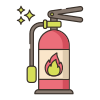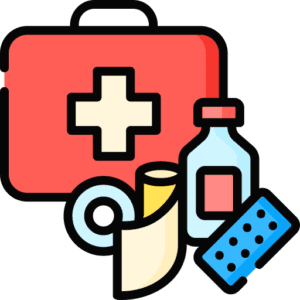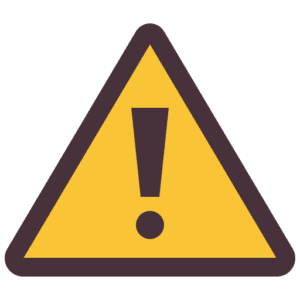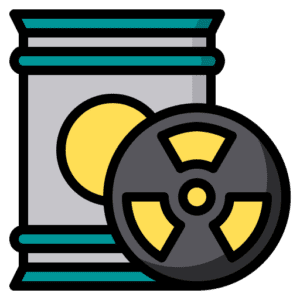CSCS Fire Prevention Test
Why is Fire Prevention Important in Construction?
Fires on construction sites can cause severe damage, injuries, and even fatalities. With flammable materials, electrical equipment, and hot work activities present, it’s crucial for workers to understand fire risks and prevention measures. The CSCS Fire Prevention Test ensures that construction workers are aware of fire hazards, safety procedures, and emergency response protocols.
What Will You Learn in This Test?
This test assesses your knowledge of fire safety, prevention strategies, and emergency actions. By taking this test, you will learn:
The most common causes of fires on construction sites
How to handle and store flammable materials safely
The importance of fire prevention measures and risk assessments
How to use fire extinguishers and other firefighting equipment
Employer and employee responsibilities under fire safety regulations
Key Topics Covered:
Fire Hazards on Construction Sites – Flammable materials, electrical risks, and hot work dangers.
Fire Prevention Measures – Proper storage, handling, and disposal of combustible materials.
Fire Safety Signs and Equipment – Understanding fire extinguishers, alarms, and evacuation routes.
Emergency Procedures – How to respond to a fire, raise the alarm, and evacuate safely.
Legal Responsibilities – Compliance with the Regulatory Reform (Fire Safety) Order.
Why Take This Test?
Prevent fire hazards by following best practices on-site.
Stay compliant with UK fire safety regulations.
Improve workplace safety by understanding emergency procedures.
Prepare for the CSCS Fire Prevention Test today and ensure a fire-safe construction site!
Related Quiz
Related Articles
5 Types of Fire Extinguishers
Learn about the different fire extinguisher types in the UK. Discover their types, uses, and identifying the right extinguisher for emergencies.
Oil Extinguisher
Learn how an oil extinguisher effectively combats cooking oil fires. Explore its benefits, usage, and fire safety tips for kitchens and restaurants.


















